Moka pots are known for brewing strong, espresso-style coffee. In fact, that’s is why they’re called stovetop espresso makers. But just how strong can you expect your Moka Pot coffee to be?
On average, Moka Pot coffee is around 50% stronger than drip coffee when measured in Total Dissolved Solids (TDS). The strength of the coffee is primarily a result of the pressure generated by the Moka Pot. However, the smaller grind size and darker roasts used in these coffee makers also plays a part.
Even though Moka Pot coffee is enjoyed by many people all over the world, some feel that the coffee is too robust, bitter, or inconsistent.
If you want to know just how strong Moka Pot coffee is and how you can adjust it to fit your tastes then keep reading!
How Strong Is Moka Pot Coffee?
Moka Pot coffee is stronger than any other coffee beside espresso. It’s typically around 50% stronger than drip coffee and even stronger when compared to french press or pour-over coffee.
However, there are actually 2 ways to think about the strength of Moka Pot coffee.
- the amount of coffee solids extracted into the water
- the caffeine level of the coffee
Let’s quickly discuss each of these.
Amount Of Coffee Extracted
Extraction level is the most common way people talk about coffee’s strength. This has to do with the amount of coffee solubles that are pulled out of the coffee bean and dissolved in the water.
Because Moka Pots brew coffee under pressure, they are able to extract much more coffee than non-pressure brewers such as the french press, pour-over, or siphon coffee maker.
The result is a robust and full-bodied brew that’s stronger than all other coffees except true espresso.
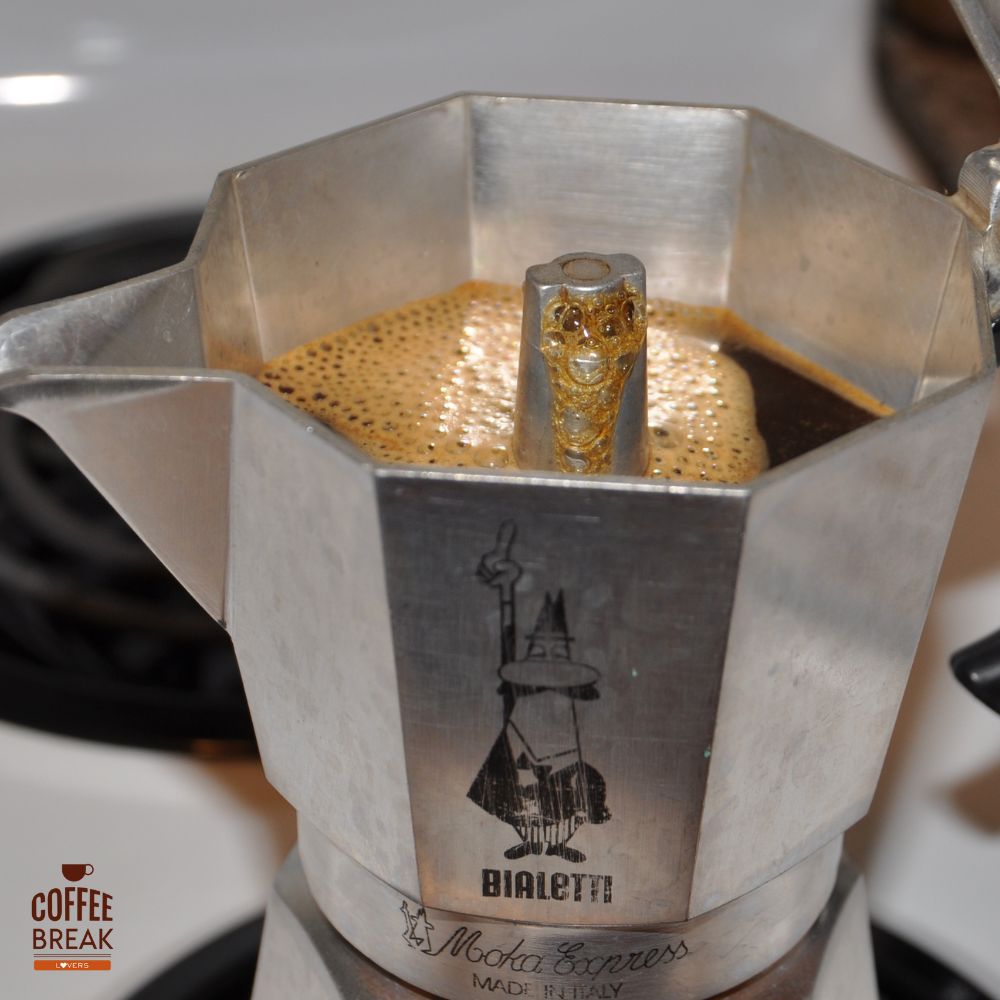
Caffeine Concentration In Moka Pot Coffee
In terms of caffeine, each ounce of Moka Pot coffee has about 38mg of caffeine. While this isn’t a lot by itself, a large serving of Moka Pot coffee can contain an aggressive amount of caffeine.
This is important to note because when some talk about strength, they care less about the taste and more about the caffeine content of their coffee.
To address this, a group of researchers did an investigation (available in Food Research International) that found the caffeine concentration in different brewing methods.
The results were that an ounce of Moka Pot coffee contains about three times less caffeine than a shot of espresso and more caffeine than most other brewing methods.
How Is Coffee Strength Measured?
Coffee strength is measured in “Total Dissolved Solids” (TDS). Simply put, this is a way of measuring how much coffee was extracted into the water and is usually shown as a percentage.
We’re able to measure these percentages with a device called a refractometer. The refractometer measures how light bends and refracts through a liquid, and using that data it can calculate what percentage of the liquid is made of solid particles. ( If you want to know more details about how a refractometer works you can check this one on Amazon)
For example, Moka Pot coffee usually has a TDS of around 2.5%. This means your Moka Pot coffee is 2.5% coffee solids and 97.5% water.
Even though this may seem like a small percentage, it’s actually quite a strong cup of coffee. By comparison, a relatively weaker pour-over coffee averages a TDS of around 1.3%.
Why Is Moka Pot Coffee So Strong?
There are 4 main reasons Moka pot coffee is so strong:
- pressure,
- grind size,
- roast type and
- water temperature
Let’s take a quick look at each of these to see how they affect Moka Pot’s strength.
Pressure Causes Moka Pots To Extract More Coffee
Unlike drip coffee makers or French Presses, Moka Pots use vapor pressure to brew your coffee.
Typically, they can generate between 1.5 and 2 bars of pressure. And it’s this pressure that forces more coffee solubles out of the beans and into your cup.
This is the primary reason Moka Pots make such strong coffee.
A Smaller Grind Size Allows For More Extraction
Moka pots work best with fine grinds. And since fine grinds have a much larger surface area than medium or coarse grinds, a lot more coffee can be extracted.
By comparison, pour-overs and automatic drip makers work with medium grinds. And french presses work best with medium/coarse.
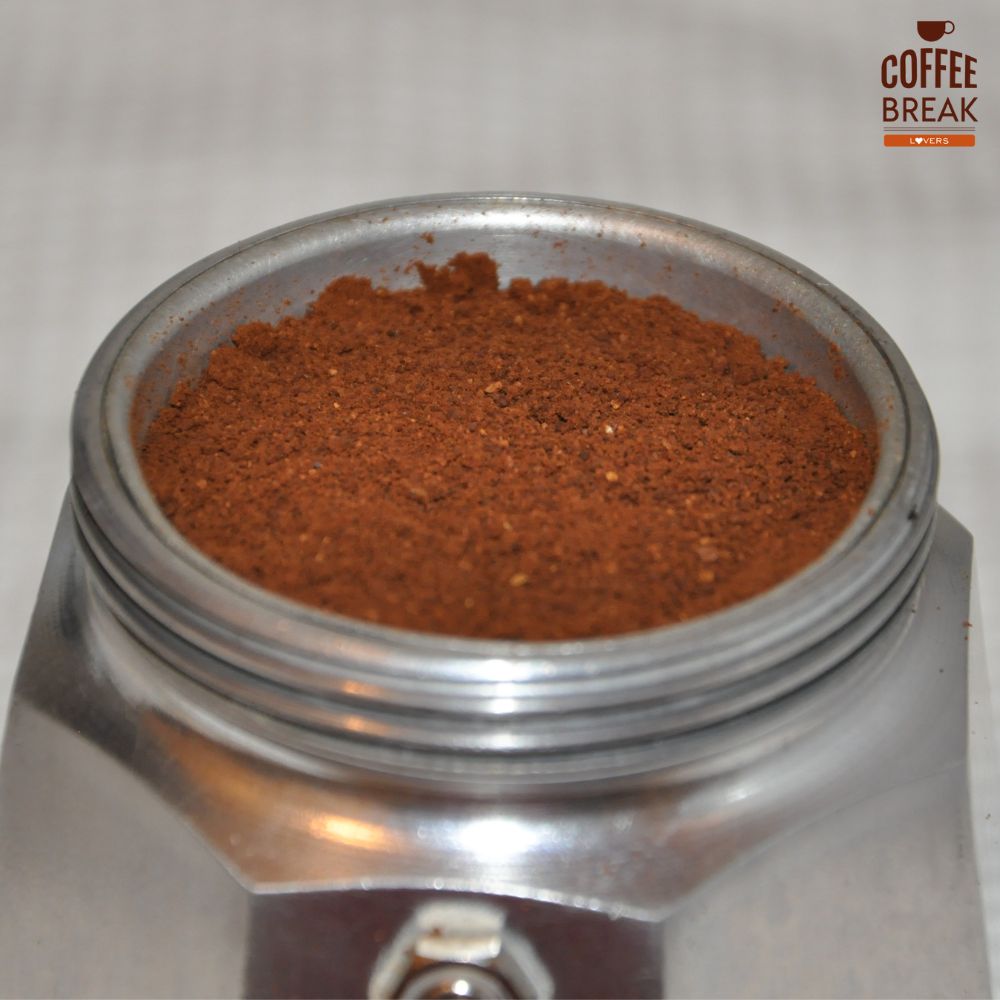
Moka Pots Typically Use Darker Roasts
While you can definitely use any roast you want in your Moka Pot, it’s most common to use dark roast or espresso roast beans.
And the darker the roast, the more brittle the coffee bean.
This brittleness means that more coffee can be extracted from darker roasts which helps to increase Moka Pot strength.
Hotter Water Temperature Extracts More Coffee
The higher your water temperature, the quicker and easier it is to extract the oils, sugars, and caffeine from your coffee grounds.
Moka Pots are able to extract more coffee solubles because heat is continually applied during the brewing process.
By comparison, brewing methods such as the pour-over and french press require you to remove the water from the heat source before brewing. This is part of the reason they’re so much weaker than Moka Pot coffee.
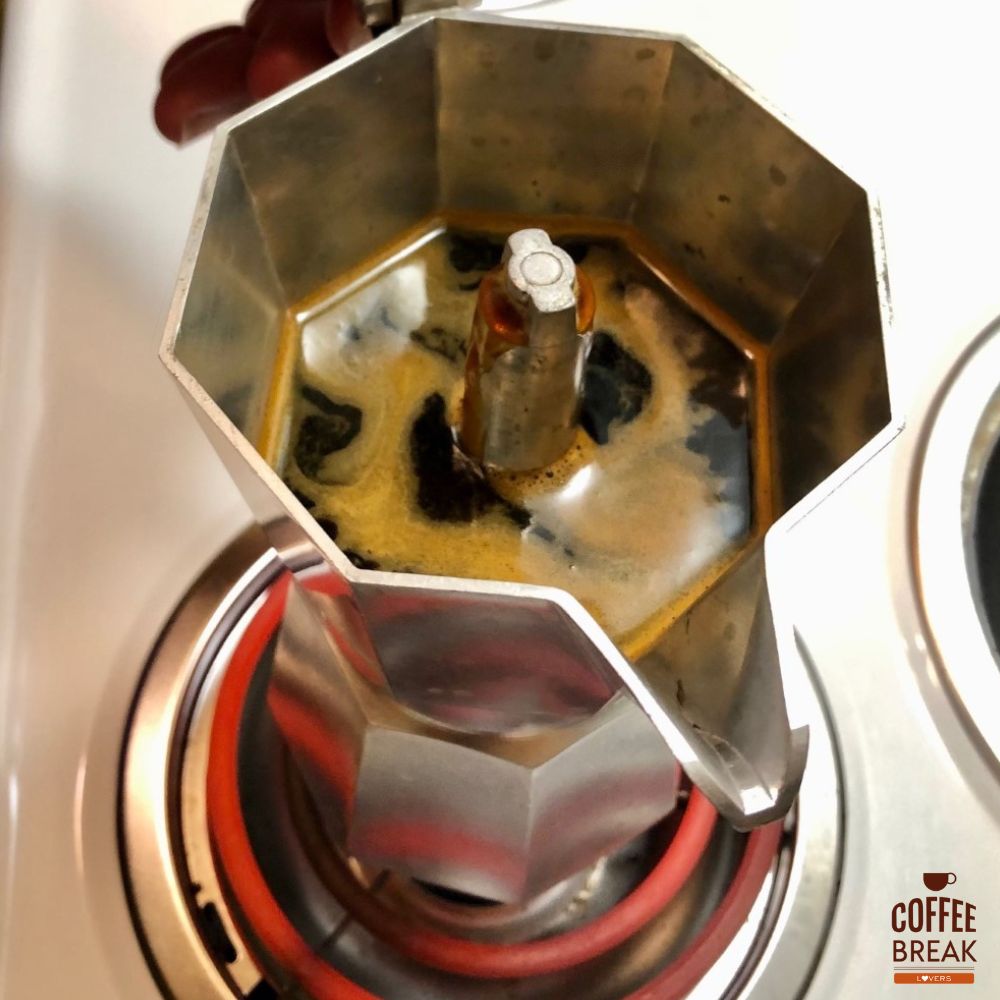
How Does Moka Pot Strength Compare With Other Coffees?
In terms of Total Dissolved Solids, espresso is the strongest coffee by far. In second place is Moka Pot coffee, and the other coffee brewing methods are a lot weaker.
- Espresso ~ 10% TDS
- Moka Pot ~ 2.5% TDS
- Drip Machine ~ 1.7% TDS
- Cold Brew ~ 1.7% TDS
- French Press ~ 1.5% TDS
- Pour Over ~ 1.3% TDS
(We pulled the TDS information from “Is Cuban Coffee Stronger Than Regular Coffee“. If you want to read more about TDS and our sources, check out our article.)
When it comes to caffeine, espresso is again the strongest, and Moka Pot coffee is tied for second place.
- Espresso ~ 130mg per oz
- Moka Pot ~ 40mg per oz
- Aeropress ~ 22mg per oz
- Cold Brew ~ 40mg per oz
- French Press ~ 15mg per oz
- Pour Over ~ 23mg per oz
(We gathered the caffeine information from research published in Food Research International.)
Related Posts:
- Why Is Sludge In My French Coffee? (And How To Fix It)
- Can You Use A French Press On The Stovetop? Yes, Here Are The Options!
- Grinding Coffee The Night Before. (Will It Ruin Your Brew?)
How Much Moka Pot Coffee Should You Drink?
According to the Food and Drug Administration, the average adult should limit themselves to 400mg of caffeine per day. And since an ounce of Moka Pot coffee has around 40mg of caffeine, you can drink 10oz before going over the FDA’s daily recommendation.
However, not everyone reacts the same to coffee. Some people have a strong reaction after 1 or 2 ounces. Others may be able to tolerate a lot more without any noticeable effect. It’s important to listen to your body and know what your personal limits are.
Also consider that wherever Moka Pot coffee is prepared, it’s served in demitasse cups. This is done for a reason!
So, if you’re going to drink Moka Pot coffee our recommendation is to limit yourself to one demitasse cup at a time and see how you feel. (You can check out demitasse cups on Amazon.)
Can I Make My Moka Pot Coffee Weaker?
If Moka Pot strength is too much for you, there are ways to weaken the coffee.
One option is to add an Aeropress filter or a modified paper filter to your Moka Pot. A filter will prevent some of the coffee solubles from getting into the brewed coffee and result in a smoother, less robust cup.
(If you want to know more about putting a paper filter in your Moka Pot, we’ve got a whole article on it! Check out “Can you use a paper filter in a Moka Pot“)
Another way to make your Moka Pot coffee weaker is by adding milk. Cafe con Leche has the same flavor profile as pure Moka Pot coffee, but it’s a lot smoother to drink for someone who’s not used to espresso-style coffee.
Key Take-Aways
- Moka Pot strength is only second to true espresso
- Strength can be measured in total dissolved solids or caffeine
- The strength of Moka Pot coffee comes from its pressure, grind size, roast type, and water temperature
- You should limit the amount of Moka Pot coffee you drink due to its concentration of caffeine
- You can make your Moka Pot coffee weaker by adding a paper filter or adding milk
Cheers Coffee Lovers!

KEEP READING
- Is Arabica Or Robusta Best For Cold Brew Coffee?
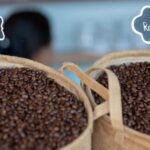
- Why Is My Espresso Puck Wet? (The 6 Most Common Reasons)
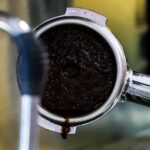
- How To Make Cuban Coffee Without A Moka Pot? (3 Options!)

- Does Cold Brew Break A Fast? Things To Consider!

- Can I Use Coffee Grounds Twice? (Here Are Our Results!)
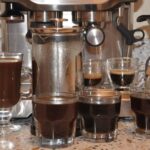
- What’s The Best Grind Size For A Moka Pot? Ultimate Guide!


Idalmis is co-owner of Coffee Break Lovers. She is a Cuban coffee enthusiast that is passionate about coffee and coffee culture.

